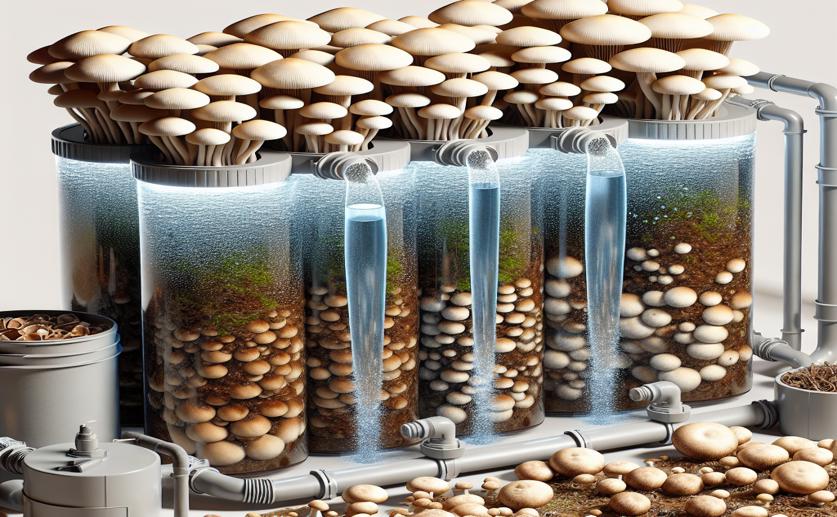
Mushroom Waste Efficiently Cleans Pesticides from Water
Jenn Hoskins
1st March, 2024

Image Source: Natural Science News, 2024
Key Findings
- Researchers in Addis Ababa used oyster mushroom waste to remove the herbicide atrazine from water
- The mushroom byproduct effectively cleaned water when conditions like acidity and time were optimized
- The study suggests this method is low-cost and environmentally friendly for water purification
References
Main Study
1) The non-edible and disposable parts of oyster mushroom, as novel adsorbent for quantitative removal of atrazine and its degradation products from synthetic wastewater.
Published 29th February, 2024
https://doi.org/10.1016/j.heliyon.2024.e26278
Related Studies
2) Degradation of Residual Herbicide Atrazine in Agri-Food and Washing Water.
3) Development of activated carbon for removal of pesticides from water: case study.
4) Kinetic and Isothermal Investigations on the Use of Low Cost Coconut Fiber-Polyaniline Composites for the Removal of Chromium from Wastewater.



 16th February, 2024 | Phil Stevens
16th February, 2024 | Phil Stevens